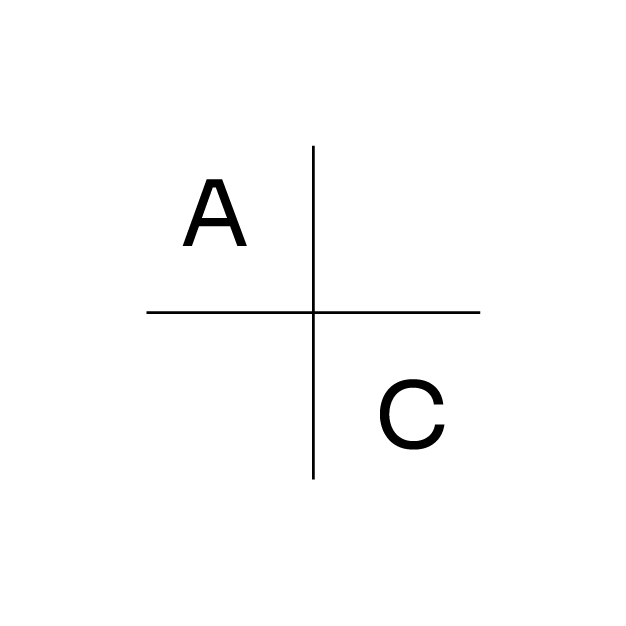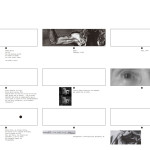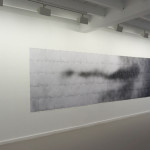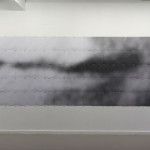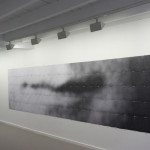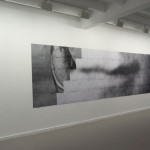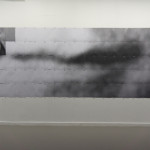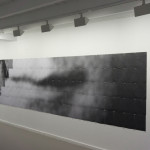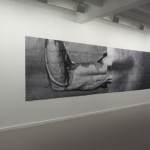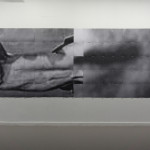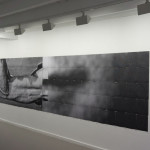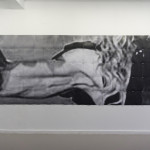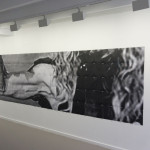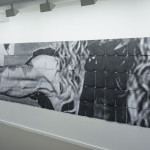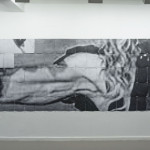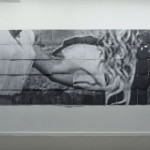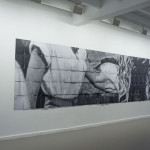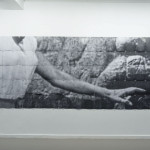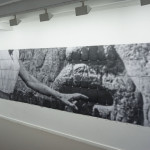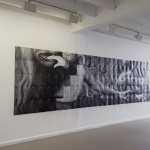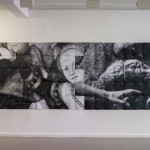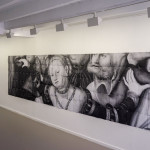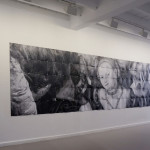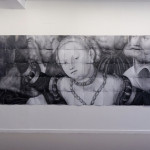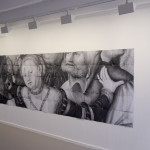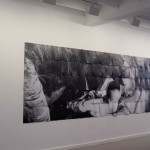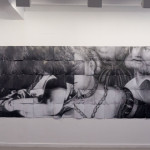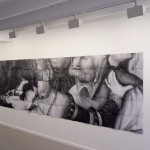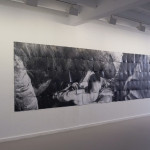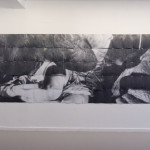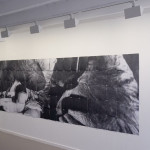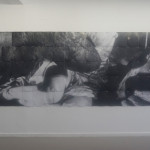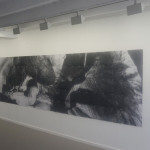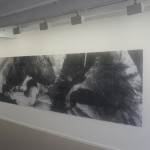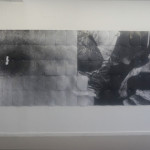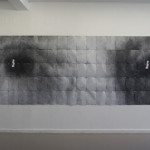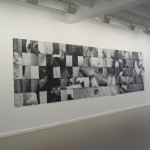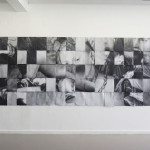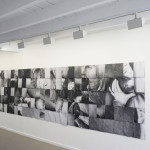“Tabla de Montaje”
The organiser of this exhibition has decided to remain anonymous. There is no name, there is no image. Clearly a strange thing for an exhibition of images.
“Tabla de montaje” is based on the following premises:
1. Every image is a fragment (of another image, or of other images).
1.1. It follows from this that every image, in turn, is made up of fragments of images.
1.2. The relationships between the fragments that constitute an image depend on the fragments themselves. There is no absolute or trascendental relationship between them.
2. The seemingly endless fragmentation of every image at some point runs into the elements that make it perceptible (photomechanical dots, photographic grain, digital pixels, lines, points).
2.1. The perception of an image is a liminal event. A sufficient concentration of discrete elements crosses a threshold and suddenly something appears. ‘Meaning’ is the same kind of liminal event.
2.1.1. Thresholds move; terms change, and meaning or images are altered.
2.1.2. Someone could take a set of discrete elements that form an image ‘X’ (photomechanical dots, photographic grain, digital pixels, lines, points) and make another image with those same elements.
2.1.2.1. The opposite exercise is also possible: someone could repeat the same image with elements different from those that constitute the “original” image.
2.1.3. There is no essential element that determines any image.
3. An author is only a minimal part of an image. By altering the boundaries, or isolating fragments, an image stops being the result of a single intention.
3.0.1. An image can be a battlefield. The scenario of dispute.
3.1. An image can work as a divination game. Like the guts of certain animals, or leftovers on a plate.
3.2. The image/author relationship is tenuous and has had importance only for a very short time. It is reasonable to think that this relationship will be further minimized until it almost disappears.
4. Every image is opaque. It hides much more than it reveals.
4.1. The economy of images, paradoxically, is based on the illusion of transparency. So the way in which images circulate hides the way in which they work.
4.2 Showing their opacity is a tactic to slow down the circulation of images.
—
